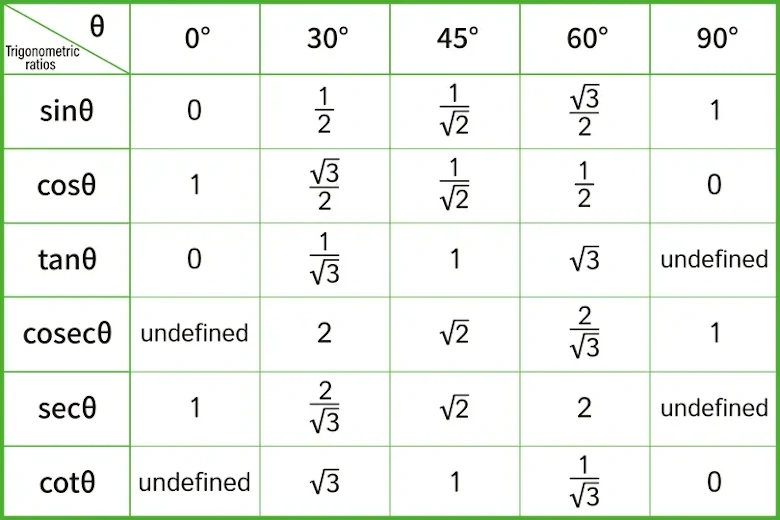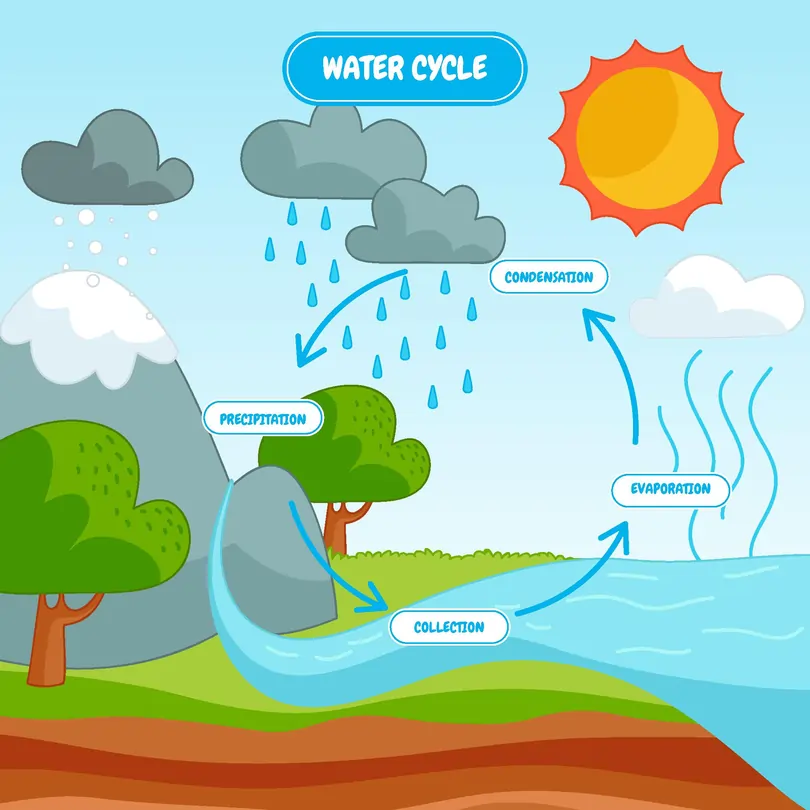Enhance your descriptive writing by unleashing the power of personification
- Tags:
- Secondary English

"Show, don't tell"
This sage advice often echoes through the halls of writing wisdom. It's like the golden rule of the literary world. But here's the catch: while everyone talks about its greatness, they conveniently forget to hand you the instruction manual on how to actually pull it off.
So, in this article, we shall unveil the secret weapon that will help you master the art of "showing" instead of merely "telling": personification!
What is Personification?
Personification is a figure of speech that imbues non-human entities with human-like qualities. It allows you to give life and personality to objects, nature, or concepts that may otherwise seem mundane or abstract. By using personification, you can evoke emotions, create engaging descriptions, and make your writing more relatable.
Mastering personification: How famous authors bring inanimate objects to life
Before we begin to learn how to use personification in your writing, let's explore how several authors have used it in their most successful works.
"Death reached out its bony fingers, claiming souls one by one."
The sentence is a good example of personification because it attributes human-like qualities to the trees. By saying that the trees "whispered secrets to each other," it suggests that the trees are engaged in a form of communication, akin to humans sharing confidential information.
Additionally, the statement "their branches leaning in as if conspiring against the town" further enhances the personification. It portrays the branches as if they are actively plotting or colluding against the town, creating a sense of intrigue and mystery.
Now that you have gained an understanding of how authors employ personification in their writing, let's explore how you can draw inspiration from their techniques to enhance your own writing.4 Easy steps to transform a simple statement into a personified gem
Step 1: Identify an inanimate object or an abstract concept
Choose an inanimate object or abstract concept that you want to personify in your writing. It could be anything from a tree to a storm or even an emotion like fear.
As an example, let's choose an air conditioner (aircon) as our inanimate object and try to personify it using these steps.
Step 2: Understand the object or concept
Before personifying an object or concept, make sure you have a clear understanding of its purpose. Consider its characteristics, features, and any relevant associations. This will help you create a more vivid and accurate personification.
Let's think of how we can apply this to our aircon example. It is a machine that cools the air in a room, providing comfort during hot weather. It circulates air, removes humidity, and can make a room feel refreshing.
Step 3: Attribute human qualities
Start by brainstorming a list of human qualities or characteristics that you can associate with the chosen object or concept. Think about emotions, actions, and behaviours that humans might exhibit.
For our example, let's brainstorm some human qualities we can associate with an aircon.
- It can be described as having a cool, calming presence in a room - like a loving grandfather.
- It brings relief and comfort - like a childhood friend who has always been by your side.
- It can also be personified as having the ability to soothe and providing a sense of tranquility- like a mother gently applying balm to a wound.
Step 4: Use sensory imagery
To make your personification more engaging and vivid, incorporate sensory imagery into your description. Describe how the personified object or concept looks, sounds, feels, smells, or tastes, using language that appeals to the senses. This will help readers visualise and connect with your personification.
Coming back to our example: To make the personification of the aircon more vivid, let's incorporate sensory imagery. "The gentle breeze of the aircon whispers softly, cooling your skin with a tender touch. Its soothing aura envelopes you, transporting you to a tranquil oasis where worries melt away, akin to the warm embrace of a cherished grandfather."
See how we used the 4 steps to turn a dull aircon into an engaging narrative? You can do the same for any of your descriptive writing. Simply experiment with different personification techniques to find the most effective way to bring life to your descriptions.
Remember to balance subtlety and impact
While personification can greatly enhance your writing, it is essential to strike a balance between subtlety and impact. Overusing personification or forcing it into every sentence can make your writing appear contrived or melodramatic. Instead, use personification strategically, sparingly, and in a way that complements the overall theme and tone of your composition.
7 Ways you can incorporate personification in your writing
1. Breathing life into inanimate objects
When employing personification, you can bring inanimate objects to life, giving them a personality and emotions.
For example, instead of saying "The wind blew strongly," you can personify the wind and write, "The wind howled fiercely as if it were an angry beast unleashed upon the world."
2. Nature comes alive through personification
By attributing human qualities to elements of nature, you can make your descriptions more vibrant and captivating.
For instance, you can describe a serene forest as "The trees whispered secrets to one another, their branches embracing like old friends."
3. Adding depth to abstract concepts
Abstract concepts can often be challenging to convey in writing. However, through personification, you can make them more tangible and relatable.
For example, instead of simply stating "Time flies," you can personify time and say, "Time soared by, spreading its wings and leaving us breathless in its wake."
4. Creating emotional impact
One of the remarkable advantages of personification is its ability to evoke emotions in your readers. By attributing human emotions to non-human elements, you can elicit empathy, sympathy, or even awe.
For instance, describing a stormy sea as "The raging waves roared with fury, challenging the bravery of any sailor who dared to cross their path" evokes a sense of danger and excitement.
5. Striking metaphors with personification
Personification can also help you craft powerful metaphors. By comparing a non-human entity to something relatable through personification, you can convey complex ideas in a concise and impactful manner. For instance, you can describe a city engulfed in darkness as "A sleeping giant, its skyscrapers serving as sentinels guarding its dreams." This metaphor not only paints a vivid picture but also adds depth to your composition.
6. Developing characterisation through personification
Personification can also be used to develop the characterisation of objects or animals within your composition. By assigning specific traits and behaviours to these non-human entities, you can breathe life into them and make them more relatable to your readers.
For example, you can describe a worn-out teddy bear as "The threadbare bear, with its droopy eyes and stitched smile, held onto memories of countless cuddles and whispered secrets." This personification not only enhances the description but also adds depth to the character.
7. Enhancing narration and dialogue
In addition to descriptions, personification can be employed in your narration and dialogue to create engaging and memorable interactions. By attributing voices, intentions, or attitudes to non-human elements, you can inject creativity and intrigue into your storytelling.
For instance, you can narrate a stormy night as "The thunder growled its warnings, while the raindrops danced eagerly on the windows, pleading to be let in."
We sincerely hope that this article has provided you with valuable insights to enhance your descriptive writing skills through the power of personification. Remember, practice is the key to mastering this enchanting technique. So, embrace your imagination, experiment with personification, and let your creativity soar.
If you like this article, check out: These persuasive techniques will improve your English paper 1 and 2 scores.


 SG
SG  VN
VN 


















